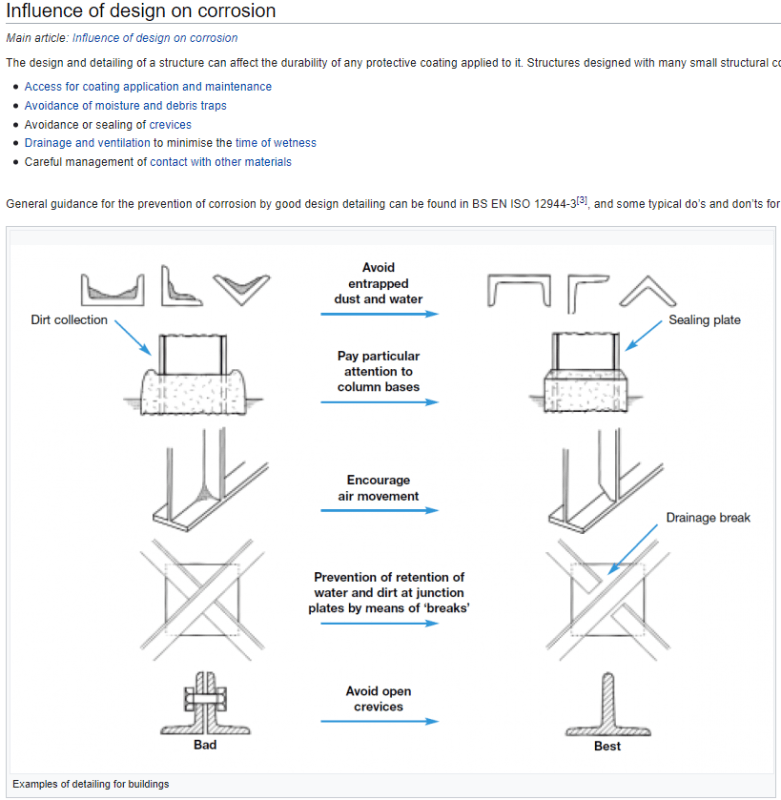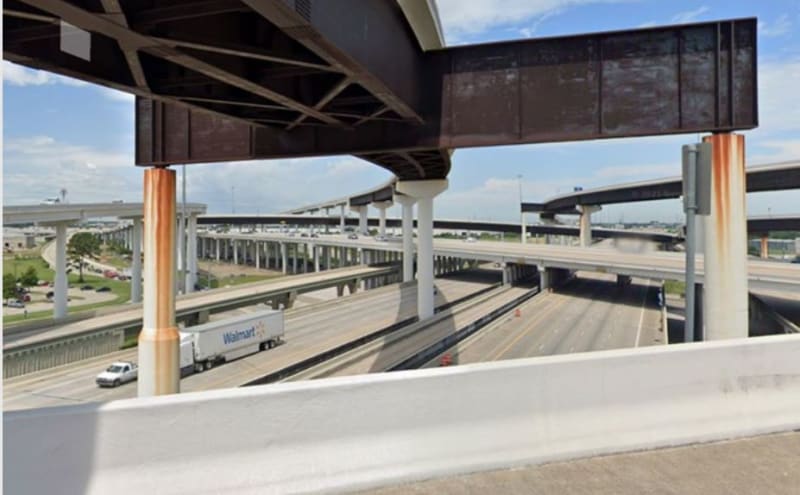I work in mining and am in the process of designing a replacement 90' truss. This is a limestone facility and the truss will be part of material handling system. Corrosion is a significant problem at the site. In the past we have used a lot of HDG but that can be hard to do on larger trusses, not to mention costly.
I was thinking of looking at weathering steel as an option. I have seen it used on some heat exchanger hoppers and it has held up relatively well.
I am looking into the price difference now but my question is if anyone has used weathering steel in a similar situation and has it stood up over time? This location gets a lot of material buildup (limestone fines) which tends to build up and would trap moisture. I understand weathering steel doesn't perform well in that situation.
I was thinking of looking at weathering steel as an option. I have seen it used on some heat exchanger hoppers and it has held up relatively well.
I am looking into the price difference now but my question is if anyone has used weathering steel in a similar situation and has it stood up over time? This location gets a lot of material buildup (limestone fines) which tends to build up and would trap moisture. I understand weathering steel doesn't perform well in that situation.


